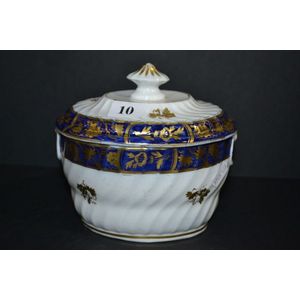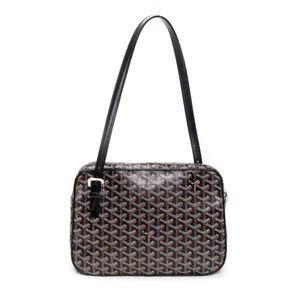Seed Pearl Brooch Pocket Watch
A small gold and seed pearl brooch pin pocket watch, the movement with lever escapement unsigned, the rear case back signed a. Schmider a Chatellerault. The face with enamel dial, Arabic ring for the hours, gold hands. The case rear decorated completely with seed pearls, the front bezel with a border of seed pearls. With a brooch pin and watch fob clasp, the brooch decorated with barley border and a line of seed pearls. With fitted case. Swiss, 18th century, diameter: 28 mm. Provenance: The collection of Dr Trevor Hyde, Sydney
You must be a subscriber, and be logged in to view price and dealer details.
Subscribe Now to view actual auction price for this item
When you subscribe, you have the option of setting the currency in which to display prices to $Au, $US, $NZ or Stg.
This item has been sold, and the description, image and price are for reference purposes only.
- Bezel - On a clock or watch, the bezel is the metal frame into which the watch or clock glass is fitted. In clocks, the bezel may include a hinge and a flange, in effect a door to the face of the clock. In jewellery the bezel is a band of metal with a projecting lip that holds the gemstone in its setting.
- Lever Escapement - A lever escapement is a type of escapement mechanism used in mechanical clocks and watches to regulate the timekeeping of the movement. It was invented by British clockmaker Thomas Mudge in the 18th century and is now widely used in modern mechanical timepieces.
The lever escapement consists of three main parts: the escape wheel, the pallet fork, and the lever. The escape wheel is a wheel with teeth that is driven by the clock or watch's main spring or weight. The pallet fork is a two-pronged component that is positioned so that it can engage with the teeth of the escape wheel, and the lever is a small, L-shaped component that is attached to the pallet fork.
When the escape wheel turns, one of its teeth pushes against one of the pallet fork's prongs, causing the fork to pivot. As the pallet fork pivots, it releases the tooth and engages with the next tooth on the opposite side of the escape wheel. At the same time, the lever, which is connected to the pallet fork, rocks back and forth, allowing the escape wheel to turn at a regulated rate.
The lever escapement is prized for its accuracy and reliability and is commonly used in high-end mechanical watches. It allows for precise timekeeping by ensuring that the movement of the watch or clock is regulated and consistent, and its compact size makes it an ideal choice for use in small, portable timepieces. - Movement - The technical name for the workings of a clock or watch, and does not include the dial or case.
This item has been included into following indexes:
Visually similar items

Pair of antique French iron entrance gates, makers plaque, each 202 cm high, 145 cm wide (2)
Sold by
in
for
You can display prices in $Au, $US, $NZ or Stg.

Pair 9ct gold mounted shark tooth earrings
Sold by
in
for
You can display prices in $Au, $US, $NZ or Stg.

Early 19th century Chamberlain Worcester sucrier and cover
Sold by
in
for
You can display prices in $Au, $US, $NZ or Stg.

A black Yona shoulder handbag, Goyard, width 30 cm, dust cover.
Sold by
in
for
You can display prices in $Au, $US, $NZ or Stg.
